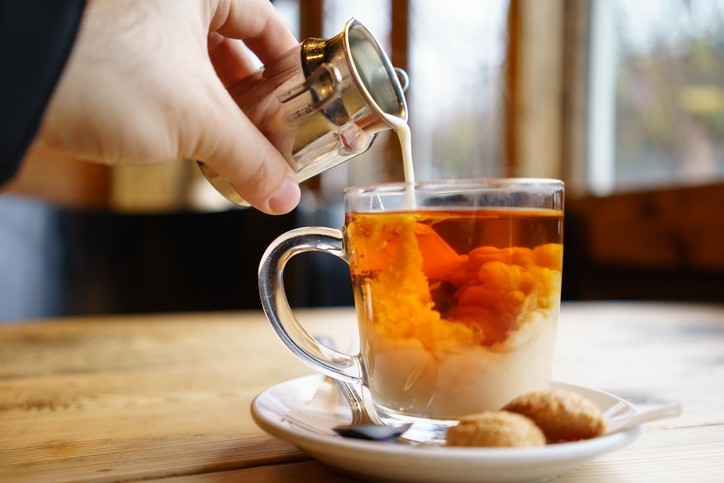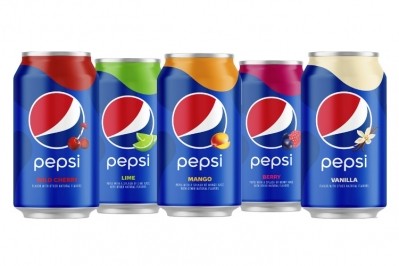‘Tea 3.0 is here!’ Functionality and transparency dominate tea trends

Tea is poised for a new wave of innovation and has a lot of room to grow, according to experts behind the World Tea Expo. The ‘tea 3.0’ era is driven by consumer demand for good taste, good health benefits and convenience.
Tea has positioned itself as the ‘original functional beverage’ with its nutrition and versatility, prompting health-conscious consumers to take an interest in its origins, ingredients and supply chain. More transparency in tea labels could lead to a rise in its ‘connoisseur culture,’ similar to wine.
Millennials represent the fastest-growing segment of tea consumers today, followed closely by seniors. Their consumption and purchasing behavior patterns are detailed in ‘The Next Wave in Tea,’ a compilation of essays from leaders in the tea community set to speak at the 2019 World Tea Expo in Las Vegas.
Justifying price for product
Aspiring to create easy-to-consume, functional teas for the active consumer is key to the tea market right now, according to Joe Gagnon, co-founder and CEO of the Performance Tea brand.
These teas are formulated for active lifestyles, stress management, pain relief and physical adaptation, enabled by ingredients like adaptogens and CBD. With more active consumers gravitating to clean labels, zero sugar and nutritional ingredients like turmeric and Reishi mushroom are popular inclusions.
Andrés Jurado, CEO of the Mexican Tea School, believes that in order for this new wave to be successful, it “must promote a change in attitude with regard to the consumption patterns” and be “built on consumers who are much more aware of what they’re drinking, much more informed and, therefore, much more willing to pay just prices for the product they’re receiving.”
Most brands, across all CPG categories, now want to offer high quality products. But Jurado says they are not always willing to pay fair prices for the raw materials, which is behavior that’s then mimicked by the final consumer.
When brands cut corners on ingredients, it usually means sacrificing on taste. But Don Ho, founder and CEO of Harmony Tea Bar, thinks tea is the perfect product to deliver a blend of flavor and functionality.
By incorporating ingredients like shelf-stable probiotics, vitamins and caffeine extracts, teas are shifting from targeting specific health concerns to focusing on more general health goals like ‘relaxation’ or ‘energy.’ Ho believes “the distinction between teas designed for enjoyment and those designed for health” will only continue to blur.
Is tea the new wine?
Transparent supply chains are important to today’s consumer in all food beverage categories, as well as sustainable practices like regenerative agriculture and zero waste. It extends to tea, and Michelle Pierce Hamilton, a Certified Canadian Tea Sommelier, thinks that it will soon go beyond a logo on-pack to prove that a product is both ‘clean and fair.’
“People are looking for connections with their food and their tea, and they value experiences that make them feel like they made a healthier choice, and that their purchase supported a system that makes a positive difference,” Hamilton said.
Tony Gebely, executive director of the American Specialty Tea Alliance, believes there is room in the global tea market to cultivate a ‘connoisseur culture’ that may drive growth in the specialty tea sector. He likens it to the landscape of wine connoisseurs, who benefit from the inclusion of a wine’s origin on the label.
But because tea doesn't always disclose the same information, Gebely says that a lot of teas sold under different brands are made by the same producer at different prices, with some even falsifying information about their place of origin.
“This is troublesome for connoisseurs – how can we do comparative tastings of similar teas? How can we discover the soul of a tea? How can we determine the value of a producer’s vintage from year to year? How can we expand our palate? All we have to rely on is our trust in our supplier,” Gebely said.
He thinks the tea industry can only succeed with true transparency, achieved when the name and location of the producer is shared with the consumer. Elevation, cultivar or processing methods used would also be valuable to include, he said.















